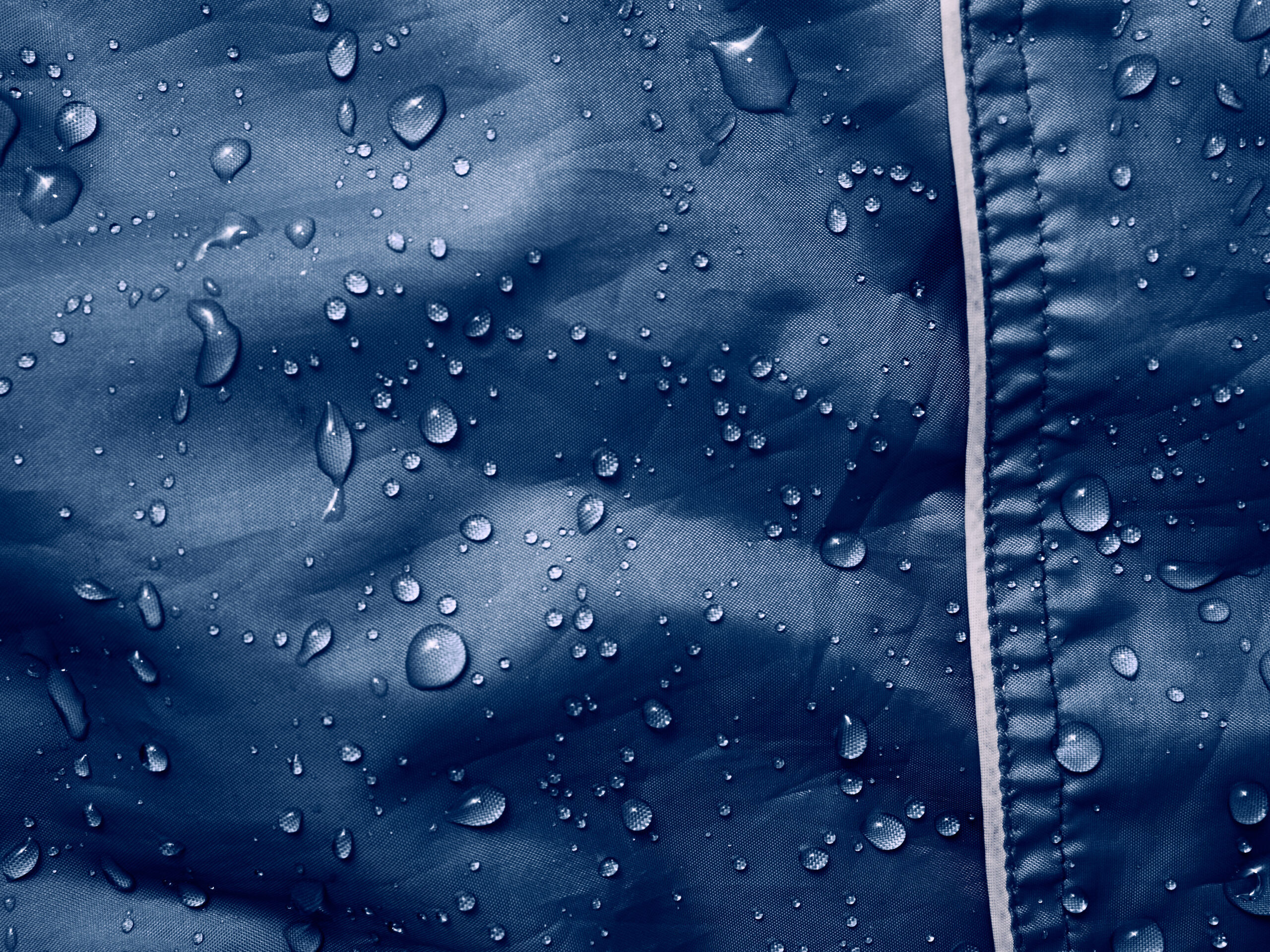In a world where water-repellent textiles play an important role in various industries, Devan introduces Devan® Repel One: a new brand in the water repellency market. This durable water repellent for Polyester and blends developed on the scientific foundation of the companies’ chemical and textile technology know-how.
Devan® Repel One is PFAS-free and free from isocyanates, ensuring an environmentally friendly approach to water repellency.
Our technical staff and agents offer support through the installation of the Devan® Repel One processes in mills all over the world.

HOW IT WORKS
Surface tension (or surface energy) of a
substance dictates how a surface will interact with its surroundings. The balance
in between cohesive and adhesive forces will define hydrophilicity or hydrophobicity,
oleophobicity or oleophobicity tendency.
The lower the surface free energy, the higher
will be the potential for repellency.
Devan® Repel One lowers the surface energy to a level capable of repelling water
and waterborne systems.

crosslinker
Performance can be boosted to meet different requirements with the DEVAN EXTENDER GEN3.
- New generation of sustainable extenders, fulfilling requirements of current and future eco-schemes
- Free of Isocyanate, Butanone-oxime and 2-dimethylpyrazole
- Meeting industry standards and end-user specifications for repel effects with good wash durability
- Compatible with all DWR technologies
YOUR ADVANTAGES
- Superior water repellency performance on synthetics, especially on PES fibers and their blends with cotton.
- Sustainable: free of fluorocarbon
- Longevity: products treated with this water repellency technology are protecting from the elements for a longer lifespan.
- Flexibility: The versatility of this technology is another key advantage. It can be applied to a wide range of materials, with especially good results on polyester and it’s blends, offering flexibility for various applications across industries.

FINDING JOY IN EVERY RAIN DROP

